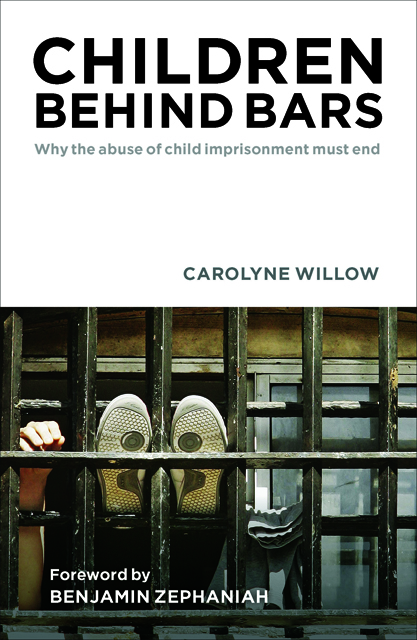Book contents
- Frontmatter
- Contents
- List of tables
- About the author
- Acknowledgements
- Preface
- Foreword by Benjamin Zephaniah
- one Introduction
- two ‘Things were not right at home’
- three ‘They just don’t listen’
- four ‘I think it’s quite like rape’
- five ‘I can’t breathe’
- six ‘What gives them the right to hit a child in the nose?’
- seven ‘We should be able to hug our families’
- eight ‘Every night I’m starving’
- nine Children were ‘given bags to urinate in’
- ten ‘The violence is unbelievable’
- eleven ‘Listen to the kids’
- twelve They shouldn’t be there
- Notes
- Index
two - ‘Things were not right at home’
Published online by Cambridge University Press: 15 April 2023
- Frontmatter
- Contents
- List of tables
- About the author
- Acknowledgements
- Preface
- Foreword by Benjamin Zephaniah
- one Introduction
- two ‘Things were not right at home’
- three ‘They just don’t listen’
- four ‘I think it’s quite like rape’
- five ‘I can’t breathe’
- six ‘What gives them the right to hit a child in the nose?’
- seven ‘We should be able to hug our families’
- eight ‘Every night I’m starving’
- nine Children were ‘given bags to urinate in’
- ten ‘The violence is unbelievable’
- eleven ‘Listen to the kids’
- twelve They shouldn’t be there
- Notes
- Index
Summary
King Charles II wanted to provide a loving home for veterans ‘broken by age or war’, and this led to the opening of the Royal Chelsea Hospital in 1692. The Chelsea Pensioners, wearing their characteristic scarlet tunics and tricorne hats, are among the most venerated people in society. To find those shattered by age and circumstance, brought down in their own homes and communities, you would need to visit the small network of penal institutions run by the prison service and G4S and Serco. Here you will meet the veterans of child abuse, neglect, poverty, educational exclusion and health and wealth inequality. Not every child who is violated becomes embroiled in offending and the criminal justice system, or fails to get the help they need to stay on track, but it is exceptional to find a child prisoner whose biography is free of extreme suffering. As one child said during an investigation by the Office of Children’s Commissioner for England into the wellbeing of young people in the youth justice system, ‘I could write a whole book about the bad stuff that happened to me.’
Baroness Vivien Stern has worked in the field of criminal justice since the late 1970s, and within the House of Lords is a vociferous champion of child prisoners. In a research interview, she told me that the 2011 summer riots may have led to a small number of children from nurturing backgrounds being incarcerated, but this was a ‘special situation’ because:
‘The children we lock up in prison are a subsection of a subsection of children really. They constitute the most damaged and disadvantaged of a very damaged and disadvantaged group of people. I would think myself that there’s not a single child in custody who comes from what would be regarded as a normal background where the normal nurturing of upbringing goes on.’
Children in supportive homes and communities are usually diverted from prison, “so the institutions end up full of a real concentration of desperately deprived, unhappy, neglected children”, says Stern. Professor Barry Goldson, a youth justice expert and former social worker, told me that children in prison are “a community of victims”.
This is not to heap blame on the parents of child prisoners, as many will have made heroic attempts to access professional help.
- Type
- Chapter
- Information
- Children behind BarsWhy the Abuse of Child Imprisonment Must End, pp. 25 - 44Publisher: Bristol University PressPrint publication year: 2015



